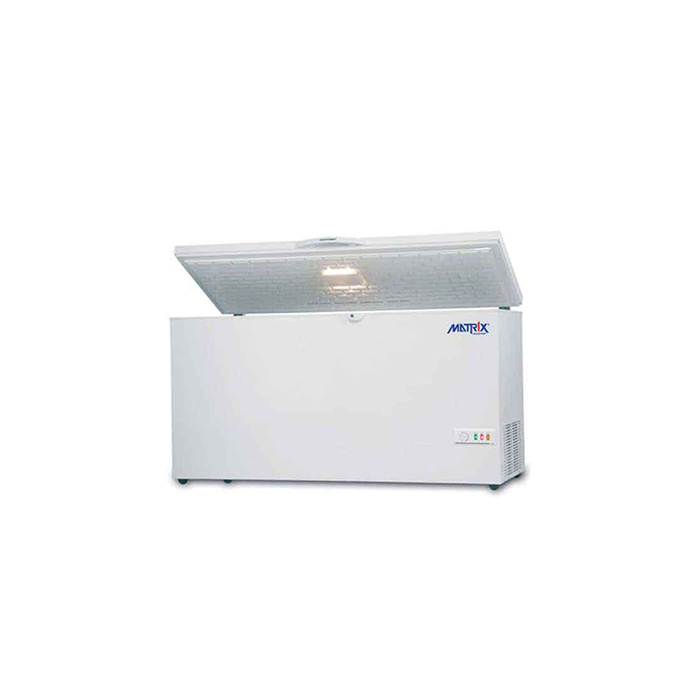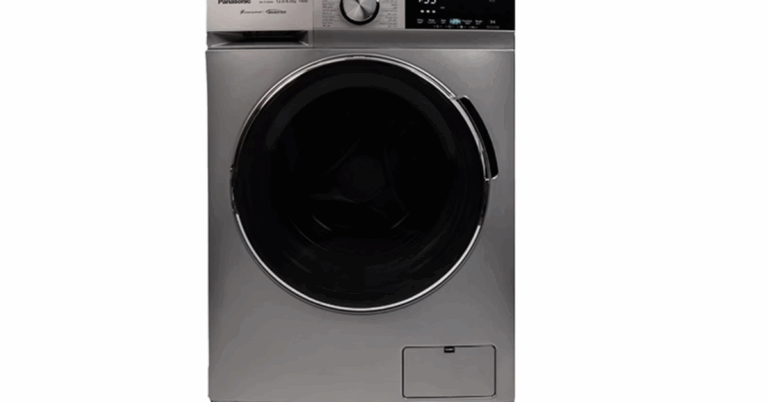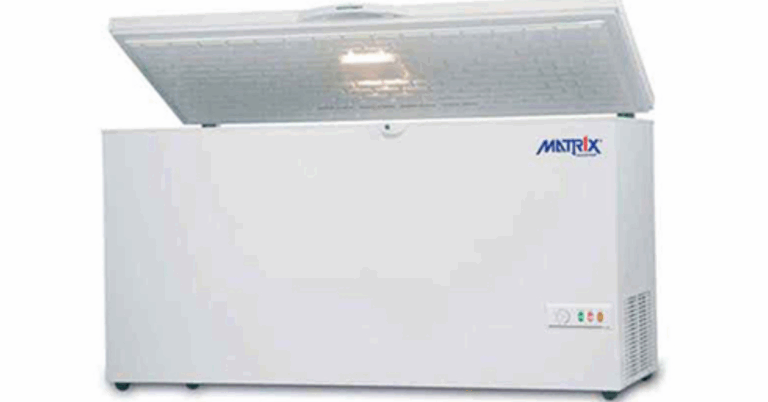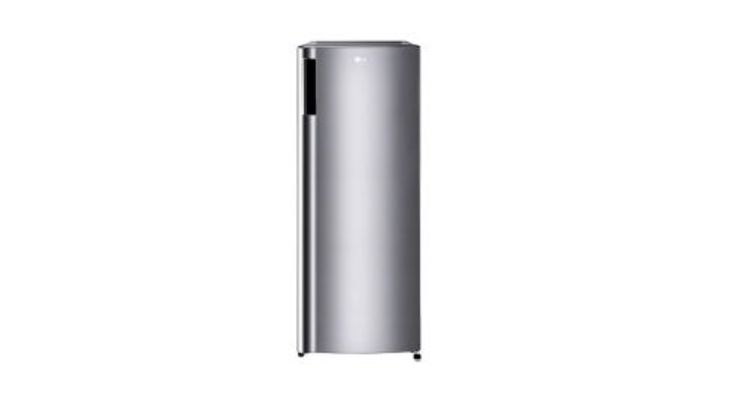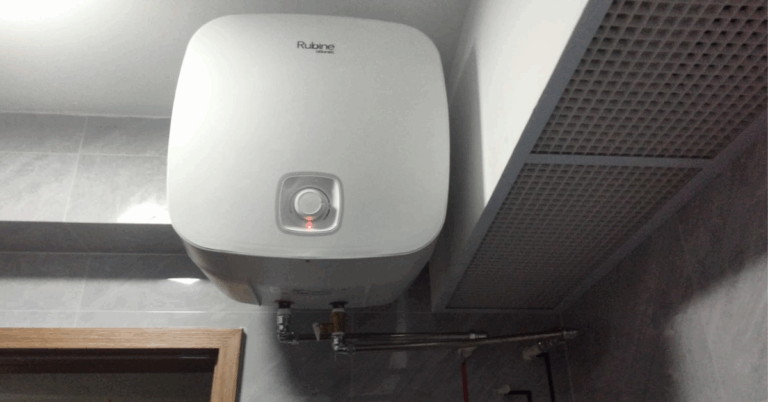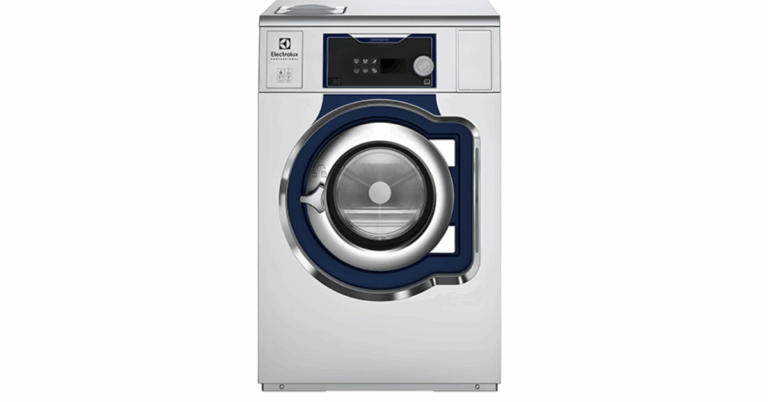Optimizing Cold Storage at Sea: The Case for a Chest Freezer for Ships 258L 60 Hz
In the demanding environment of marine vessels, from cargo ships to cruise liners and offshore service boats, reliable cold storage is not a luxury it’s an operational necessity. The Chest Freezer for Ships 258 L 60 Hz offers a compelling solution, combining ample capacity with shipboard-ready specifications. With a 258-liter internal volume, tailored for 220 V, 60 Hz electrical systems, and a design meant to endure the rigours of maritime use, this chest freezer is ideal for preserving perishable provisions aboard. Below, we explore its design, benefits, applications, and selection tips in greater depth.
Why a 258 L Shipboard Chest Freezer?
1. Capacity and Scale
A 258-liter freezer gives a ship’s galley or provisioning team room to store significant quantities of meats, seafood, dairy, frozen vegetables, and bulk-storage items. In the closed environment of a vessel, preserving freshness with minimal spoilage is critical, particularly when voyages last days or weeks. The size strikes a practical balance: large enough to support a full crew’s needs, yet compact enough to fit in constrained shipboard spaces.
2. Electrical Compatibility 60 Hz Operation
In marine contexts, power systems are standardized, and compatibility is vital. The 60 Hz frequency is common aboard many vessels and in regions where 60 Hz grid or generator systems prevail. A freezer rated for 220 V, 60 Hz is engineered to integrate seamlessly with such systems without requiring frequency conversion or risking frequency mismatch issues (which may lead to inefficiencies, overheating, or motor failure). The model from Royallight General Trading LLC supports this specification.
3. Robust and Marine-Safe Construction
Marine environments bring humidity, salt spray, vibration, and constant motion. Freezers built for land use often fail under such conditions. To assure reliability, the 258 L chest freezer is constructed with corrosion-resistant inner cabinets (often aluminum) and durable coated metal storage baskets. Its sturdy structure handles vibration and shifting loads. It also includes locking mechanisms so contents stay secure in rough seas or during access in shared compartments.
4. Heat Load & Climate Considerations
Ships operate in varied ambient conditions from tropical heat at sea to colder port locales. A marine chest freezer of this kind is designed for tropical climates, meaning its insulation, compressor design, and heat-exchange surfaces allow it to maintain internal freezing temperatures even when ambient heat is high. That performance consistency is crucial to avoid spoilage or thermal drift.
Core Features & Technical Specifications
To appreciate the strength of a 258 L 60 Hz chest freezer, let’s break down its key features (based on the sample model specification):
| Feature | Specification / Role |
|---|---|
| Capacity | 258 liters — sufficient for daily provisioning needs without excessive footprint |
| Voltage / Frequency | 220 V / 60 Hz — matches many marine electrical systems |
| Temperature Range | Adjustable between –18 °C and –24 °C for frozen storage of diverse foods |
| Refrigerant | R600a — a more environmentally friendly refrigerant option |
| Construction Materials | Corrosion-resistant aluminum in the inner cabinet; coated metal baskets for durability |
| Accessories & Extras | Two removable baskets for organization ; secure lock & key ; adjustable leveling feet to steady unit on uneven deck surfaces |
| Power Efficiency & Compressor | Designed to minimize energy draw while preserving consistent cooling under load |
| Physical Dimensions & Weight | Footprint: roughly 960 × 745 × 850 mm (W × D × H) ; net weight ~ 40 kg |
| Locking & Safety | Hinged top lid, door lock, and gasket sealing |
| Standards / Codes | IMPA Code 174658 (identifying maritime provisioning equipment), HS Code 8418.30.10 |
These features collectively ensure that the freezer is not only capable of freezing but doing so reliably in marine contexts.
Applications Onboard: Where & How It’s Used
Galley & Catering
On cruise ships, offshore platforms, or large crewed vessels, the 258 L chest freezer serves the galley’s frozen goods storage meats, ice cream, frozen entrees, ice blocks, and more. Its baskets help keep high-demand items accessible. The top-opening lid design minimizes cold loss during crew access.
Scientific & Medical Use
Some ships, like research vessels or hospital ships, may need cold storage for samples, reagents, or pharmaceuticals. A reliable marine chest freezer ensures temperature stability critical for scientific integrity or medical preservation.
Fisheries & Catch Storage
On fishing vessels that land catch daily, freezers serve interim storage of valuable marine product until offloading. The 258 L unit may supplement or back up larger systems or be used in smaller vessels where space is constrained.
Fresh Provision Backup
Long endurance vessels may carry backup or overflow perishable storage. If primary refrigeration fails or capacity is strained, a chest freezer like this offers extended holdover protection.
Remote Outposts & Floating Facilities
Floating hotels, floating medical clinics, or offshore living quarters can use such freezers when standalone reliable freezing is necessary without large infrastructure.
Advantages & Limitations
Advantages
-
Integrated Design for Marine Use
The corrosion-resistant build, rugged components, and vibration-tolerant construction make it ideal for sea life. -
Efficient Temperature Control
Adjustable thermostat and consistent freezing performance ensure preservation of perishable stock without wild fluctuations. -
Capacity-to-Footprint Efficiency
258 L is a useful middle ground: more storage than compact units, yet small enough to fit into galleys, utility rooms, or storerooms without overwhelming space. -
Energy Efficiency & Lower Running Costs
Modern compressors and optimized insulation reduce energy draw a key factor since shipboard power is limited and fuel is costly. -
Environmental Compliance
Use of R600a refrigerant is more eco-friendly than older, more ozone-depleting alternatives. -
Security & Organization
Lock and basket systems allow secure storage and organized access under dynamic vessel conditions.
Limitations / Considerations
-
Energy Draw & Heat Rejection
In high ambient temperatures, a freezer must reject heat effectively. Designers and operators must ensure adequate ventilation and cooling to prevent overloading. -
Top-Access Lid & Potential Cold Loss
A chest-style unit inherently allows more cold escape upon opening. Frequent access should be minimized or managed (e.g. open only partial lid, batch retrieval, etc.). -
Single Compartment Structure
Without subdivisions besides baskets, it’s harder to maintain distinct zones (e.g. for very different product types). If required, internal partitioning (bins) may help. -
Initial Cost & Integration
Compared to residential freezers, marine grade units cost more and may require more forethought in installation (power cables, secure anchoring, vibration isolation). -
Servicing Constraints at Sea
Replacement parts or service may be more difficult during cruises or remote operations; robust maintenance scheduling is key.
Best Practices for Installation & Operation
1. Secure Mounting & Vibration Isolation
Mount the freezer on structurally stable supports and include vibration dampers or foam pads to reduce wear from ship motion.
2. Adequate Ventilation & Airflow
Ensure good airflow around condenser coils; obstructed ventilation will reduce cooling efficiency and may cause overheating.
3. Proper Electrical Wiring
Use marine-rated cables, ensure stable 220 V / 60 Hz supply, include overcurrent protection, and consider surge protection for generator-powered vessels.
4. Temperature Monitoring & Alarms
Install temperature alarms or remote sensors (if possible) to notify crew of deviations beyond safe thresholds.
5. Regular Maintenance
-
Clean condenser coils of salt and dust
-
Inspect door gaskets for wear
-
Test compressor performance
-
Drain defrost water and check for leaks
-
Lubricate or service moving parts as per manufacturer recommendations
6. Load & Unload Strategy
Organize stock so high-turnover items are placed near the top. When loading bulk, leave circulation pathways to avoid thermal dead zones.
7. Minimize Lid Openings
Train crew to batch organize retrieval, avoid frequent small openings, and perhaps adopt a partial-lid opening mechanism to limit cold loss.
Cost-Benefit and Return on Investment
Though upfront costs are higher than land-based domestic freezers, the return on investment is realized through:
-
Reduced spoilage and wastage of costly provisions
-
Lower energy consumption due to efficient compressor and insulation
-
Reliability that reduces mission downtime or resupply detours
-
Extended life expectancy via marine-grade materials, offsetting replacement costs
In contexts where every cubic meter counts and power is precious, a marine-grade 258 L chest freezer often pays for itself in saved provisioning costs and reduced food spoilage.
Conclusion
The Chest Freezer for Ships 258 L 60 Hz presents a robust, efficient, and purpose-designed cold storage solution for marine environments. Its capacity, electrical compatibility, and marine-tough construction make it ideal for supporting vessel provisioning, crew sustenance, and mission-critical storage. While attention to installation, airflow, power supply, and maintenance is essential, the benefits reliable freezing, reduced waste, operational resilience make it a smart investment for any maritime operation needing dependable onboard freezing capacity.

